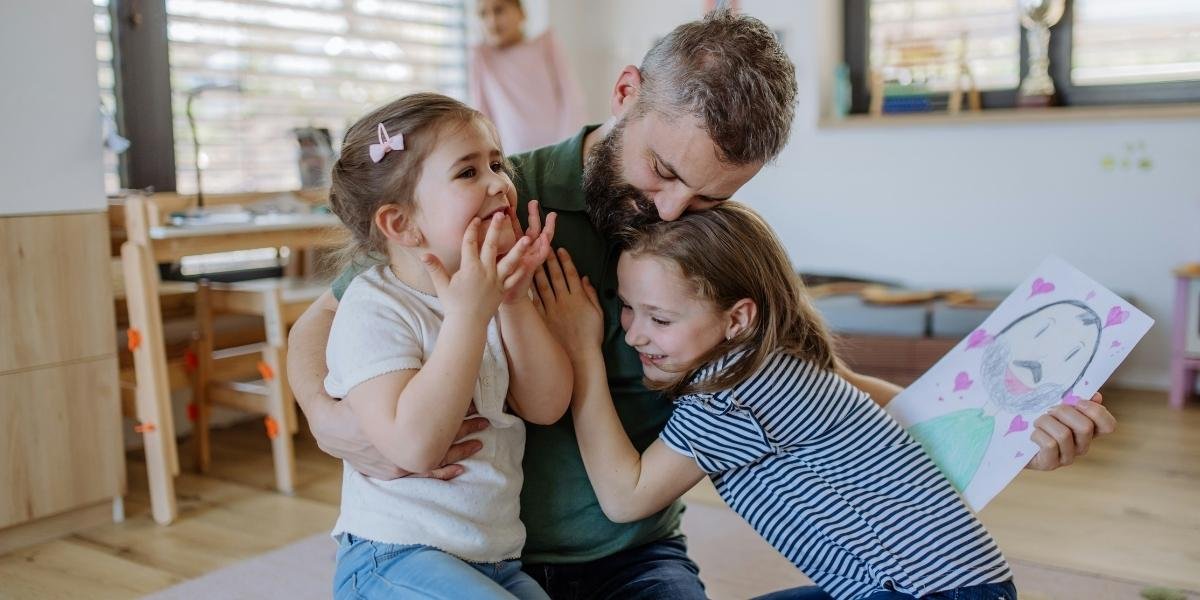Coachella still resonates with many Californians due to its evolving role in the state’s cultural environment. Set in the Colorado Desert, it has become more than a music festival for some—it functions as a gathering point where personal expression, art, music, and lifestyle intersect. Its significance varies across communities, yet it often surfaces in broader conversations around identity, aesthetics, and shared experience.
Over time, the event has expanded its reach beyond performances, offering space for different interpretations of what it means to engage creatively in a large, collective setting. For many, this flexibility continues to hold interest.
Read also: California’s Impact on Popular Culture: Music, Film, and Television
How Has Coachella Evolved Alongside Its Audience?
Since its early years, Coachella has gradually broadened its focus. While originally centered on musical performance, the event has integrated large-scale art, culinary programming, and interactive spaces. These changes appear to reflect shifts in audience priorities and cultural trends.
Many attendees now seek experiences beyond the stage. Some explore wellness areas, others spend time engaging with installations, while smaller stages provide opportunities to hear lesser-known musicians. These layered options allow for a variety of experiences, depending on the visitor’s interests and energy throughout the weekend.
What Makes the Desert Setting a Distinctive Element?
The desert setting remains central to the atmosphere of the festival. Surrounded by open sky, dusty roads, and distant mountain ranges, the location offers a contrast to the daily environments of many who attend. The sense of openness can feel expansive, both physically and psychologically, adding to the experience in ways that urban or enclosed spaces might not replicate.
The dry climate and wide views contribute to the feeling of stepping into a space designed for reflection, interaction, or reinvention. Whether viewed as scenic or harsh, the landscape remains a consistent part of how attendees frame the event.
How Does Style Play Into the Festival’s Cultural Identity?
Fashion continues to be a visible component of the Coachella experience. Outfits worn during the festival often blend comfort with experimentation, incorporating vintage pieces, bold accessories, or references to various subcultures. Some attendees see clothing as a form of storytelling, using it to mark personal or seasonal transitions.
In recent years, visual expression through clothing has also sparked conversation around cultural influence, environmental impact, and representation. These discussions add complexity to what may appear at first to be only surface-level choices. Whether coordinated or spontaneous, fashion at the event often serves as a point of entry into broader cultural themes.
What Role Does Social Media Play in Shaping Perception?
Digital media plays a key role in how the festival is viewed and experienced. Images, videos, and commentary often circulate widely before, during, and after the event. These posts shape not only external perceptions but also influence how people prepare and participate.
The visual nature of the setting—combined with art, outfits, and staging—makes it particularly suited for online sharing. While this adds visibility, it also raises questions around how much of the experience is shaped by audience interaction versus curated expectation.
In many cases, digital platforms become part of the event itself. Whether documenting moments, reflecting on them, or critiquing them, the online layer extends the reach of what occurs in the desert, allowing others across California to engage indirectly.
Do Attendees Still View Coachella as a Personal Milestone?
For some, attending Coachella still marks a meaningful experience. It might coincide with personal milestones such as graduating, relocating, or navigating change. The act of preparing for and attending the event—sometimes with friends, sometimes solo—can carry emotional significance.
Shared memories formed during the weekend often become part of individual narratives. Some return annually, while others attend only once and hold on to a particular detail or encounter. The connection might be rooted in music, environment, or simply the feeling of stepping outside routine, however briefly.
How Are Broader Values Reflected in the Festival Structure?
The event has gradually introduced features that reflect changing public values. Expanded food options, awareness campaigns, and environmental messaging suggest an attempt to align with current concerns around sustainability and inclusion. These additions are visible in specific installations, programming, and logistical choices, though their impact varies depending on interpretation.
In some areas, shaded rest zones, quiet spaces, or hydration initiatives indicate growing attention to physical and mental well-being. These elements reflect broader conversations taking place in California and beyond, especially among younger communities.
Is There Still Room for Discovery at a High-Profile Event?
Despite its scale, Coachella continues to include artists and performers who are lesser known or emerging. These acts often appear on smaller stages or during early time slots. Attendees open to exploration may find themselves drawn to unfamiliar genres or collaborative performances that offer something distinct from headline acts.
Art installations also contribute to this sense of discovery. Sculptures, temporary structures, and participatory spaces shift from year to year, offering new interactions and creative challenges. For many, these quieter moments are part of what makes the event feel layered rather than singular.
What Does Coachella Represent for Different Parts of California?
Perceptions of the festival vary across the state. For some, it represents a cultural tradition that changes with each year. For others, it might reflect broader concerns about access, cost, or commercial influence. These differing views are part of what makes the event a subject of both engagement and critique.
Within urban and suburban communities, the festival often shows up in local fashion, design, and music references. In quieter regions, it may be observed more through media than personal attendance. Across these contexts, the conversation surrounding Coachella continues, shaped by proximity, memory, and personal experience.
Read also: Hidden California Festivals Worth The Road Trip
Why Might Coachella Continue to Matter in California’s Cultural Landscape?
Coachella’s ongoing relevance appears to stem from its adaptability. Rather than representing a single narrative, it functions as a space where multiple stories unfold—some public, others private. It reflects a moment in time while also allowing room for interpretation and change.
Whether viewed as a gathering of creativity, a visual showcase, or a social experiment, the event continues to capture attention. Its position within California’s cultural landscape may not be static, but its ability to engage with current interests and aesthetics remains part of its lasting presence.








